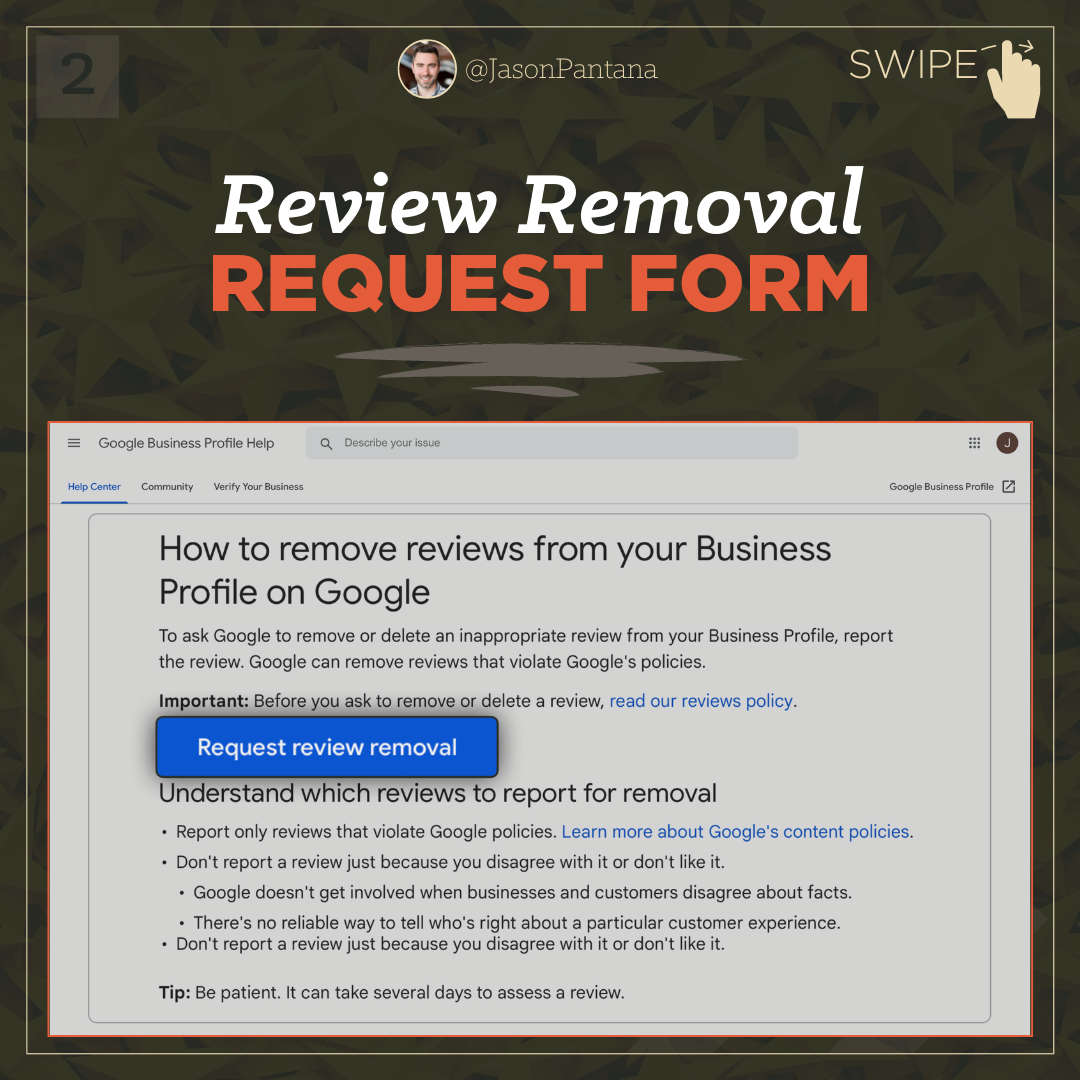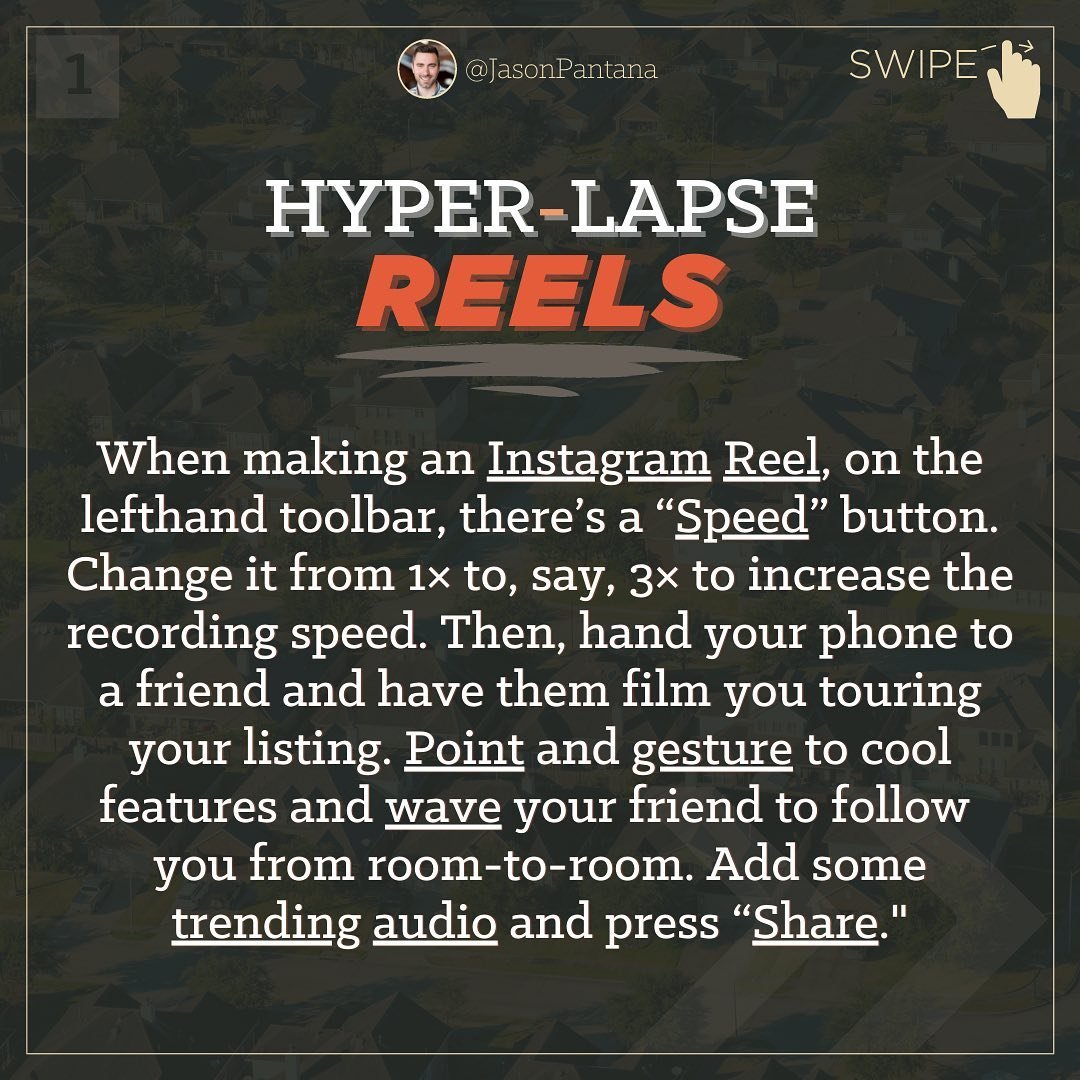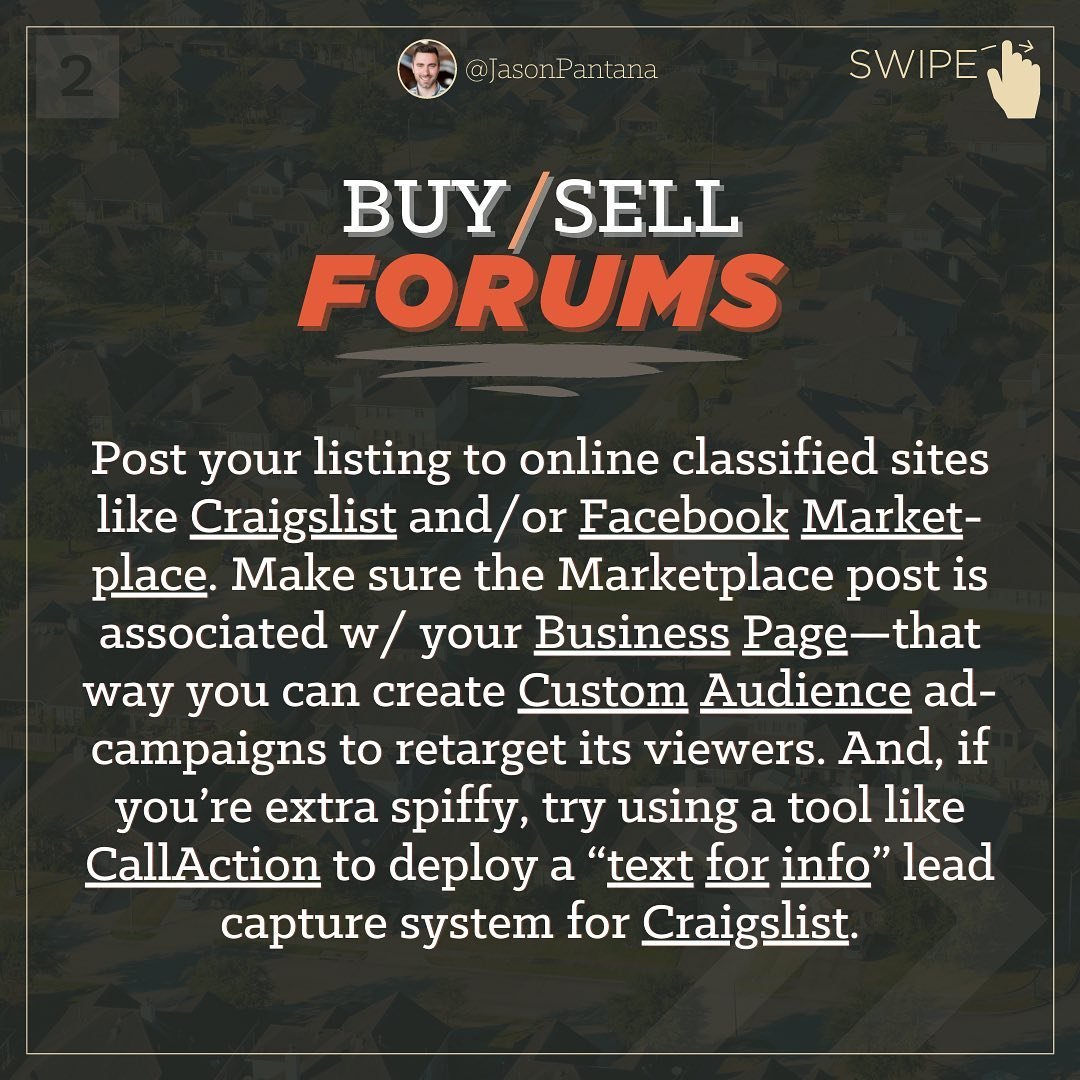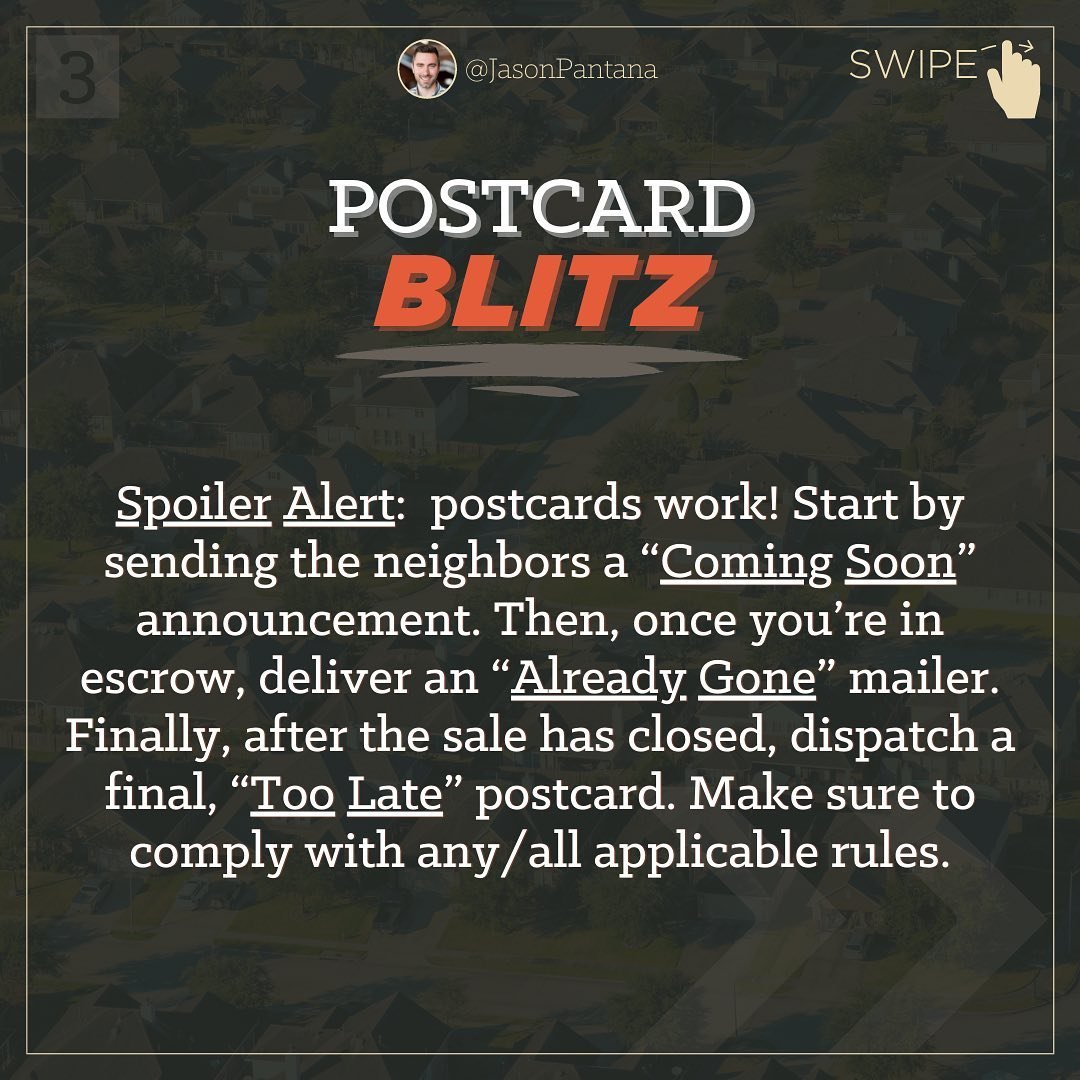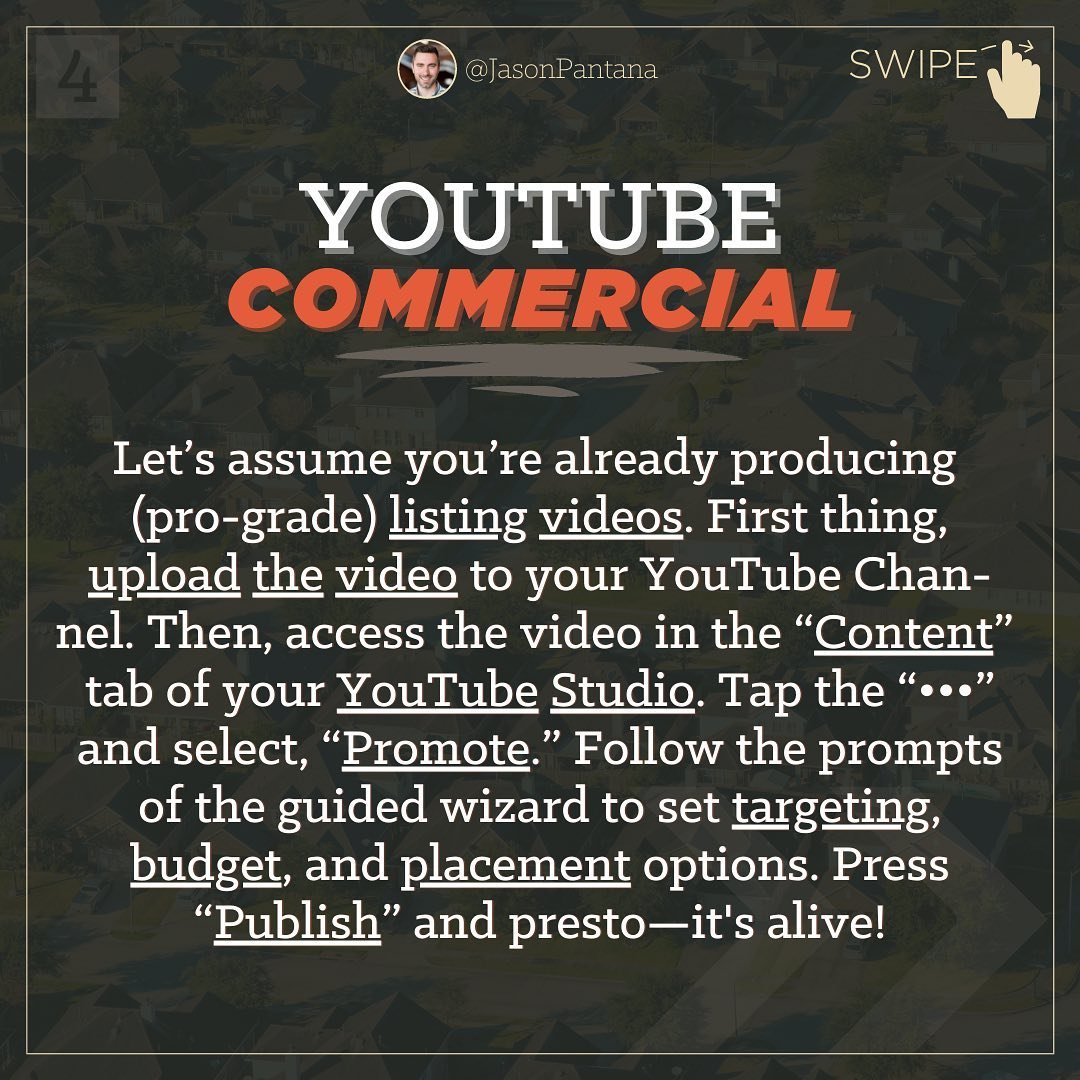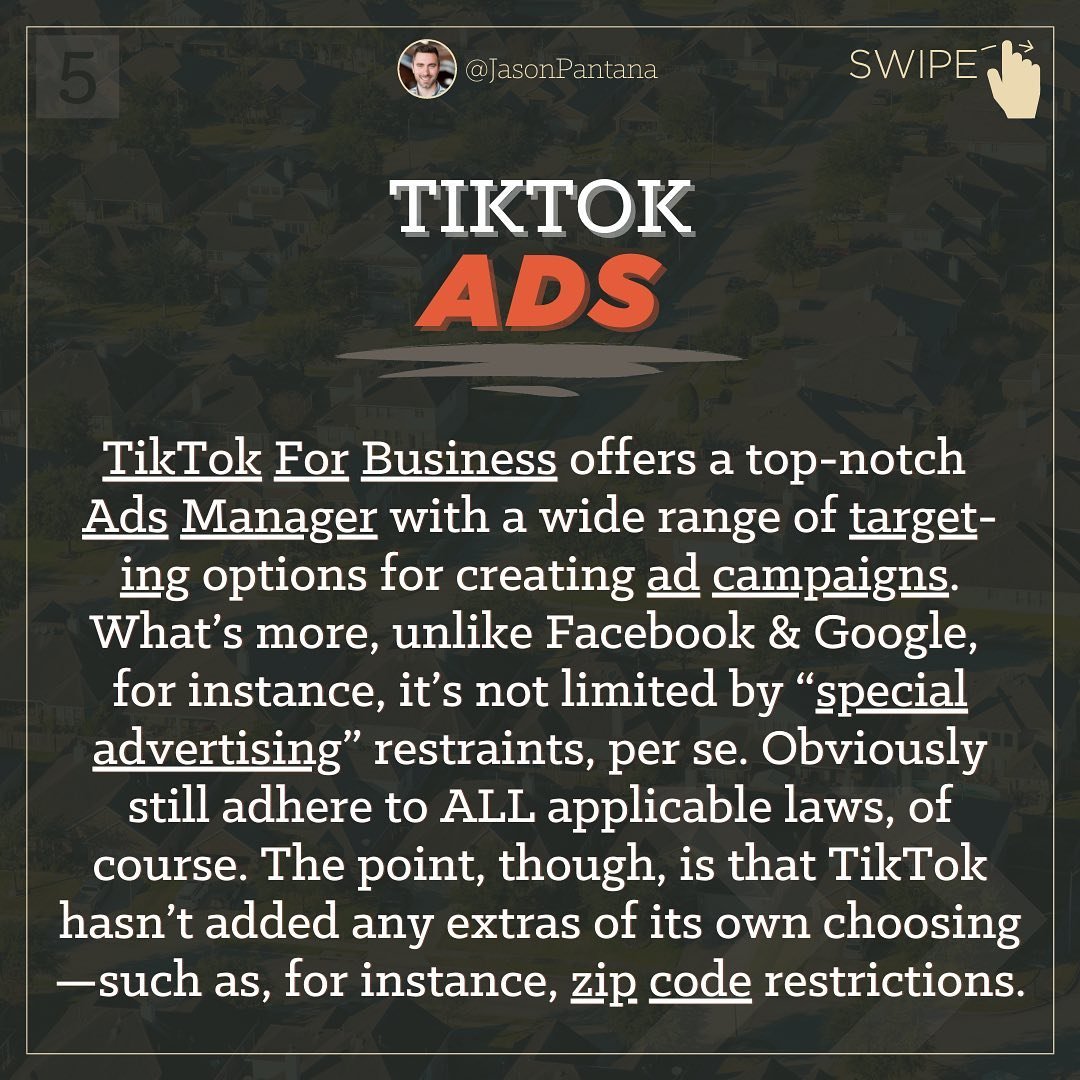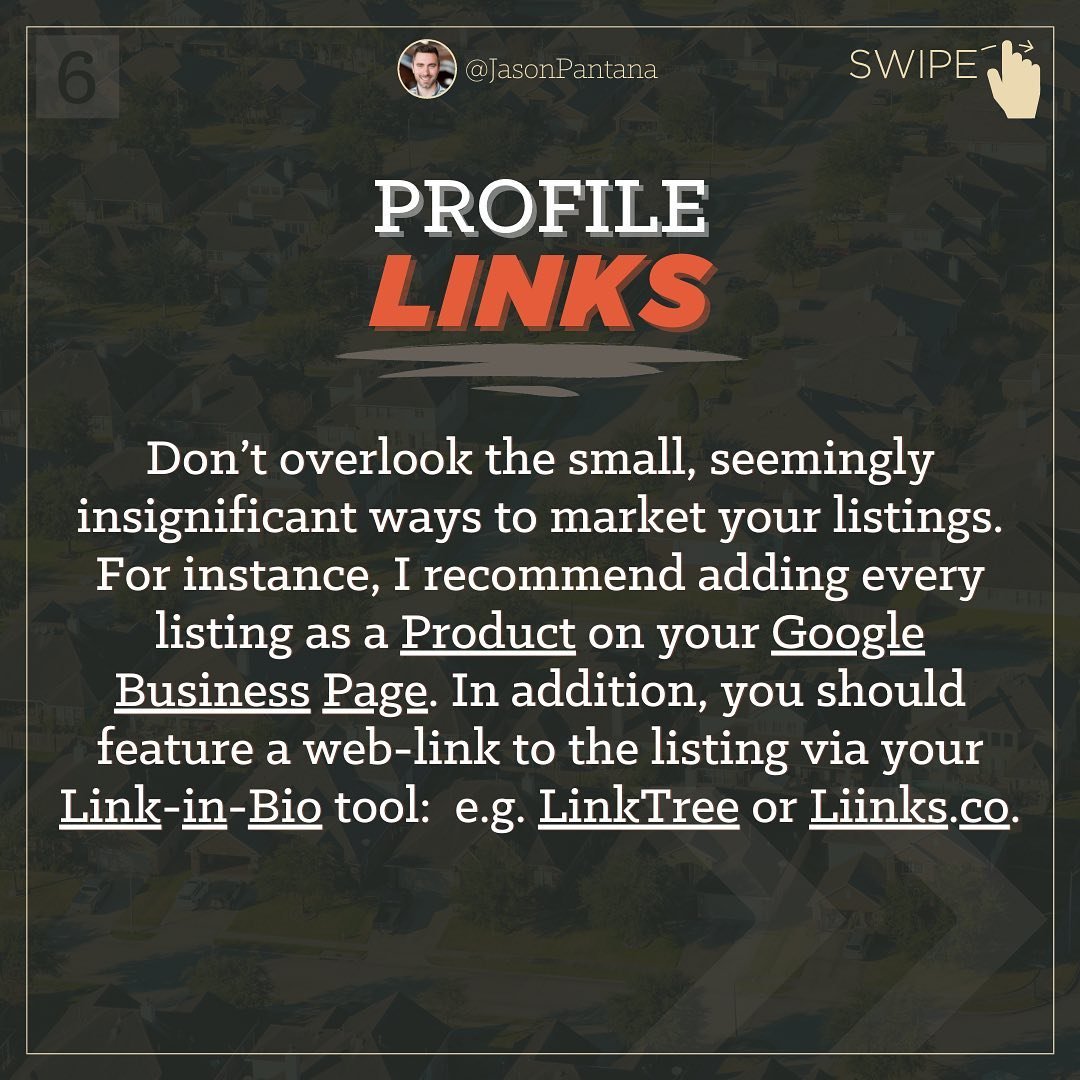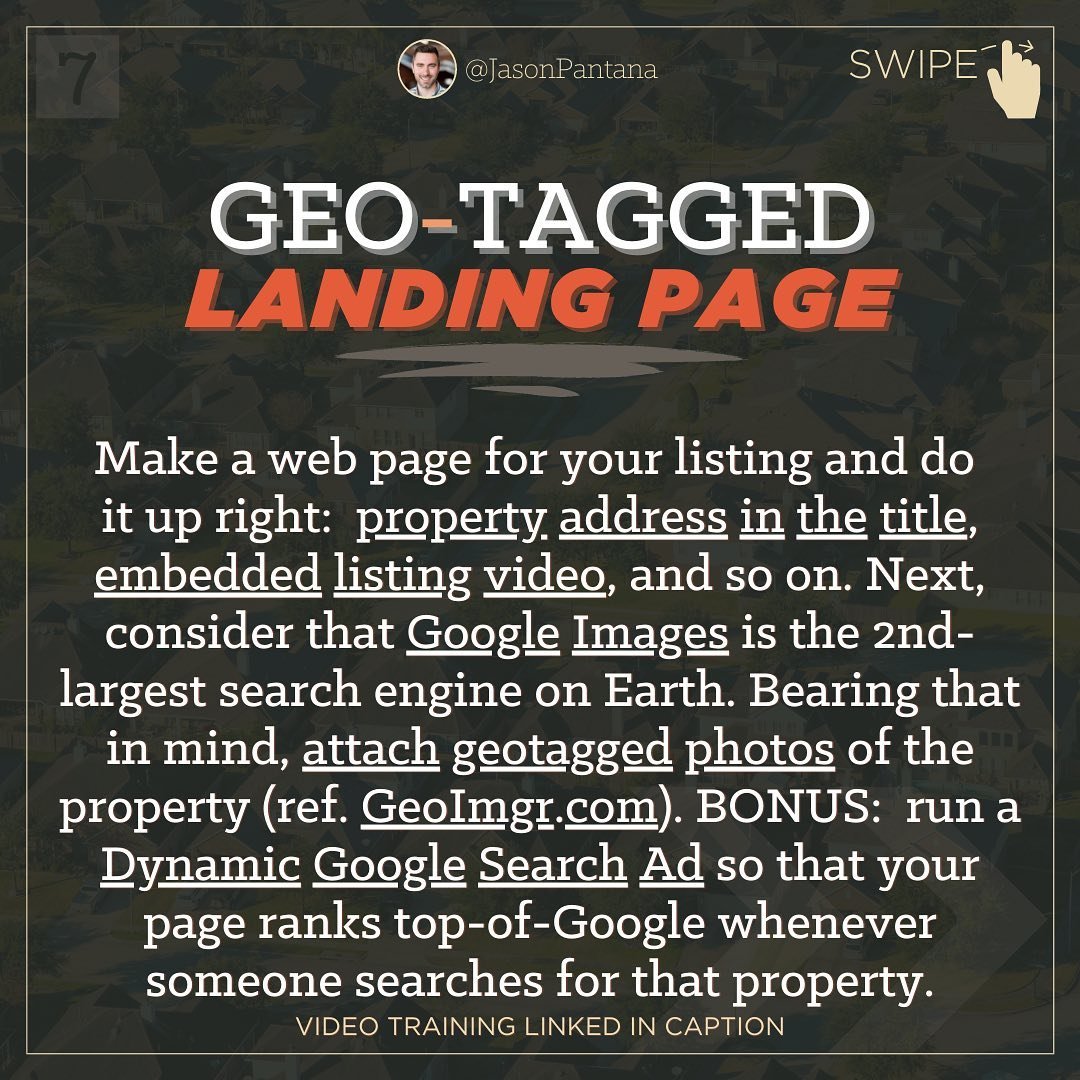What if your physical mailing address 📍 of your #GoogleBusinessProfile is outside the area(s) you conduct business?—will that impede your ranking position in Google Search and/or Google Maps?
Google offers what’s known as a “service-area based business.” Basically, it’s a GBP with no physical address. Instead, it specifies area(s)—like zip codes, cities, counties, etc.—in which one conducts business.
That’s a fine option IF all your competitors also operate service-area-only businesses. Unfortunately, in real estate, that’s definitely not the case.
Having (and listing) a verified address in the CITY whereby or wherefore the “Googler” is searching gives you a major algorithmic edge. What’s more, Google evaluates your address proximate to the prospective customer’s point of search – so it pays to be nearby.
Anybody can specify service areas on their GBP—whether they have a physical address or not. But doing so is effectively superficial. Service areas don’t have any direct impact on improving a profile’s discoverability across Google’s products. They do however, provide two major benefits:
Google will map-overlay a shaded outline that defines where you do business. So if a customer does manage pull up your profile on Google, your service areas will help to give them a sense visually about whether or not you work in their territory.
When it comes to ranking factors, Google DOES analyze whether or not a GBP has been totally filled out. That includes ALL informational fields, which, of course, takes service areas into account. Service areas alone don’t really give you any extra Google juice, so to speak—however, a failure to include them takes some away.



